
Hemophilia
Latest News
Latest Videos
CME Content
More News

The phase 3 GENEr8-1 study demonstrated that valoctocogene roxaparvovec, an AAV5-vectored gene therapy, effectively enabled endogenous FVIII production in adults with severe hemophilia A without developing clinically meaningful FVIII inhibitors.
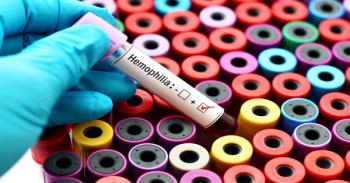
The most common treatment-related adverse events were injection site reactions, the study found.
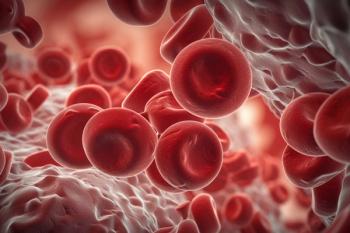
The data come from the observational Cost of Hemophilia in Europe: A Socioeconomic Survey II (CHESS II) study of 288 Spanish patients with hemophilia A and B, which showed certain differences between disease subtypes but overall similar trends in disease impact.
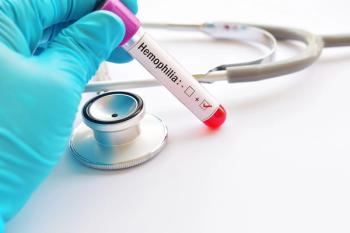
Recent studies reveal that simoctocog alfa (Nuwiq) offers effective prophylaxis and treatment for severe hemophilia A in children, with low inhibitor rates and strong long-term safety and efficacy.

However, investigators said there is some evidence suggesting attention-deficit/hyperactivity disorder may be more common in certain age groups of children with hemophilia.

Prospective data from patients attending a rural practice in West Virginia between 2016 and 2023 show that a quality improvement program that followed guideline recommendations and was tailored to specific patient needs reduced preventable bleeds and lowered costs.

This real-world US study describes individuals with hemophilia B who experience bleeds despite factor replacement therapy and quantifies the associated comorbidity and health care resource utilization burden.

Due to often being overlooked as only carriers of hemophilia, the review authors sought to highlight the needs of female caretakers for patients with the disorder and the possibility of women themselves being affected by it.

In patients living with HIV, the cardiovascular risk factors that come with infection may lead to an increased prevalence of coronary artery stenosis, especially in those who also have hemophilia.

More than 20 years of gene therapy clinical research have led to etranacogene dezaparvovec’s use in hemophilia B, according to authors of a recent review—and it takes its place in a line of current and potentially many future genomic medicines for a range of diseases.

The FDA has approved fidanacogene elaparvovec-dzkt (Beqvez; Pfizer), a gene therapy administered in a one-time dose, for certain patients with moderate to severe hemophilia B.

Self-reported data from adult and pediatric males with hemophilia A show that burden of the disease persists regardless of severity, highlighting a need for improved prophylactic treatment.

The therapy bridges activated factors IX and X to mimic the function of missing or deficient factor VIII.
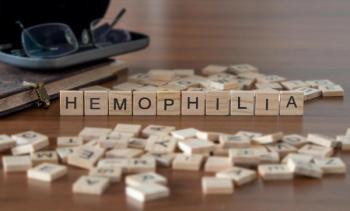
Among a small group of patients with severe hemophilia, researchers found that getting in more than 10,000 steps each day was linked to significant improvements in perceived physical health and quality of life (QOL).

Researchers found that in vitro clot formulation and fibrinolysis assays were able to determine the hemostatic effects of different replacement agents, as well as identify distinct pharmacodynamic responses across the different mechanisms of action.

Findings from this new study demonstrate the safety and efficacy of rIX-FP among a group of treatment-naive patients often characterized by young age and particular risk for severe bleeding.

“These autosomal diseases, from an inheritance standpoint, affect men and women equally, but because of their impact on the gynecological system and menses, women are often affected much more than men," hematologist Donna DiMichele, MD, explains.
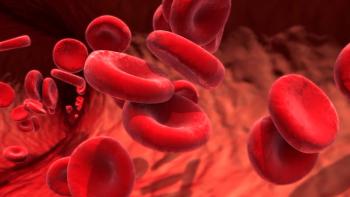
In a trial assessing subcutaneous OCTA101 in patients with severe hemophilia A, promising results in pharmacokinetics and efficacy were overshadowed by safety concerns.

New research highlights racial disparities in hemophilia care, revealing that Black and Hispanic patients are significantly less likely to receive immune tolerance induction treatment compared with White patients, even after considering clinical factors.

The findings from a recent study unveiled notable distinctions in bleeding rates between etranacogene dezaparvovec and the standard prophylactic factor IX (FIX) products among individuals diagnosed with hemophilia B.

The study identified practical instruments for monitoring physical function in people with hemophilia by pinpointing 11 potential markers and establishing performance-based tests for 5 of these activities.

The phase 4 ANNEXA-I trial was stopped early after showing superior hemostatic efficacy and the capability to limit potentially life-threatening intracerebral hemorrhage (ICH) compared with usual care in patients taking oral factor Xa (FXa) inhibitors.

While clinical trials offer controlled data, real-world studies like HEM-POWR bridge gaps, confirming damoctocog alfa pegol’s effectiveness and tolerance, establishing it as a valuable hemophilia A treatment option.

A commentary questions the characterization of cryoprecipitate, which is not pathogen-reduced, as an alternative modality for treating hemophilia, despite its substantial risk of transmitting blood-borne pathogens to patients.

Advances in treatments and early detection methods have led to improved survival rates; staffing shortages and rising demands take their toll; the US blood supply is under increasing strain.


















































